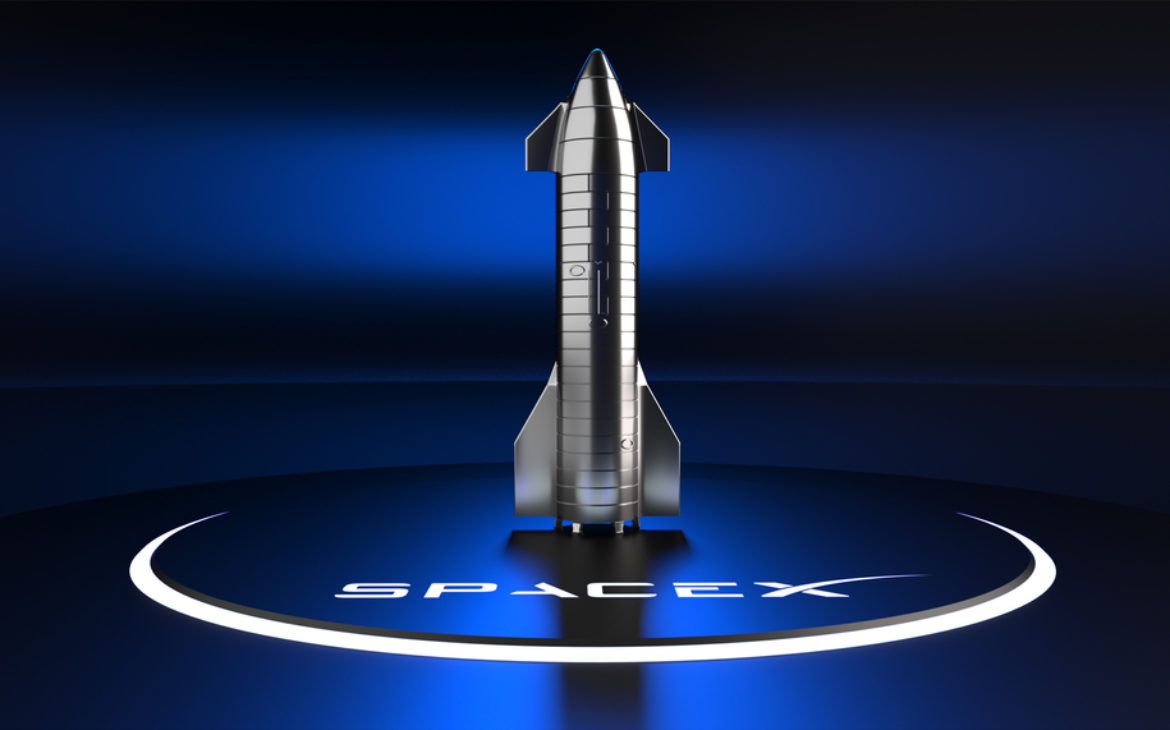The 120-meter-tall, 33-engine rocket launched on its first unmanned test flight from SpaceX’s Starbase facility in Boca Chica, Texas.
The company hoped that the Starship would fly for 90 minutes at best, with the goal of completing a full orbit of the Earth and splashing into the Pacific Ocean.
However, just four minutes after launch, the upper stage of the rocket failed to separate from the lower stage and the spacecraft exploded.
SpaceX tweeted that there was a “rapid unscheduled disassembly before stage separation.”
Musk announced further tests
Despite this, SpaceX officials are pleased with the successful launch and have declared this attempt a successful test flight.
“Congrats to the SpaceX team on an exciting test launch of Starship,” CEO Elon Musk wrote on Twitter. “Learned a lot for next test launch in a few months.”
The rocket taller than the Statue of Liberty was supposed to launch on Monday, but in the final minutes of the countdown it was announced that the flight would be delayed for at least 48 hours due to a frozen pressure valve in the booster.
The Starship consists of a 50-meter spacecraft designed to transport crew and cargo that sits atop a 70-meter-tall Super Heavy booster rocket. Both are implied by the name Starship, but have never been launched together before, although there have been several suborbital test flights of the spacecraft itself.
NASA plans to take astronauts to the Moon’s surface by 2025 using its own Space Launch System (SLS) rocket, which has been in development for more than a decade. However, the Starship is bigger and more powerful than the SLS. It generates more than twice the thrust of the Saturn V rockets used to send astronauts to the moon as part of the Apollo mission.
SpaceX plans to first put the Starship into orbit and then refuel it from another Starship so it can travel to Mars or beyond.
Musk said the goal is to make the Starship reusable, thus bringing the cost down to several million dollars per flight.
